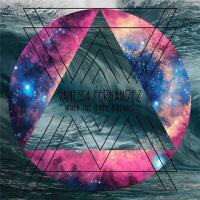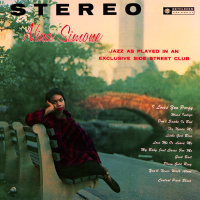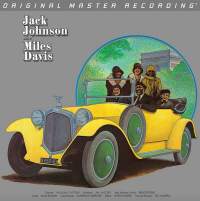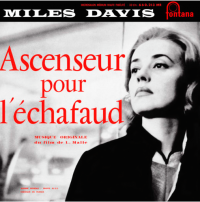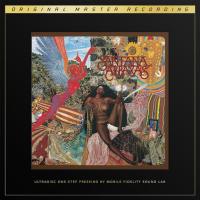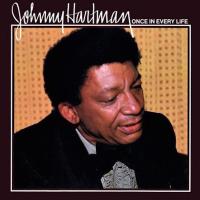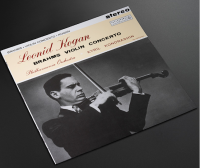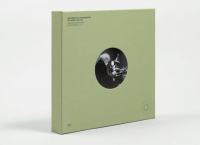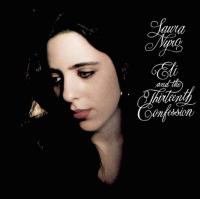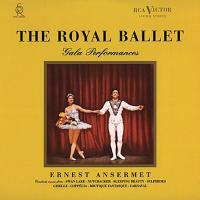|
Jun 15, 2016
|
Jun 21, 2016
|
Jul 26, 2016
|
Oct 02, 2016
|
Oct 02, 2016
|
Oct 15, 2016
Sam Records Reissues Miles Davis's "ascenseur pour l’échafaud" Soundtrack in its Original 10" Format
|
Oct 18, 2016
|
Oct 26, 2016
|
Nov 10, 2016
|
Nov 14, 2016
|
Dec 23, 2016
|
Jan 03, 2017
